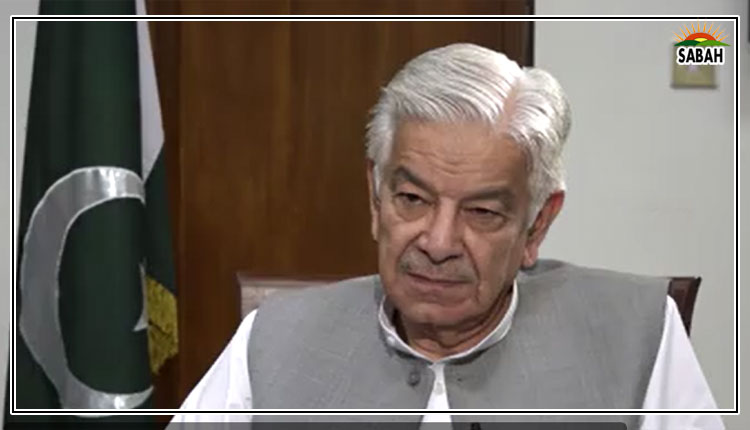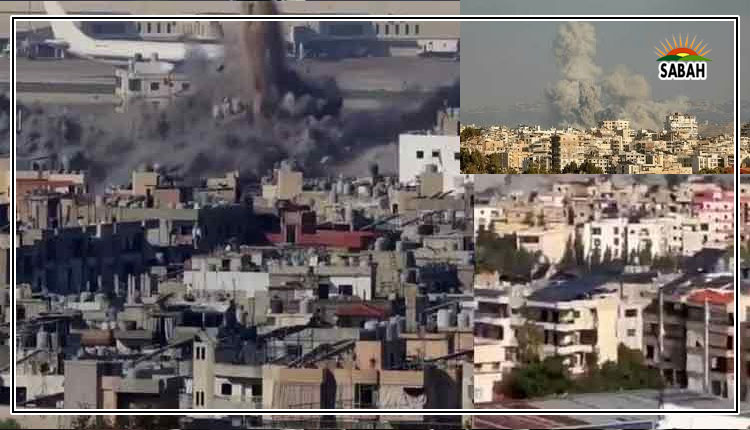Dust, disease, death…Zofeen T. Ebrahim
THE villagers of Suraj Gali and the adjoining Khoi Maira (about an hour from Islamabad) are an unhappy lot. The cause of their despondency is the mining and stone-crushing of limestone that has been going on since 2016 in their area. We want to breathe clean air again! is the common refrain in these villages.
With their homes permanently cloaked in fine dust, the residents (some 11,000, according to the 2017 census) said they were facing breathing problems from inhaling the sullied air. It also made their animals sick. Their farms had become wastelands with the discharge from the quarry finding its way to them. But the real culprit, is the invisible and toxic particulate matter and the crystalline silica, which these hapless people cannot see.
Particulate matter with a diameter of 2.5 micrometres, finer than the finest human hair, which is 70 micrometres in diameter is only detectable through an electron microscope, can travel thousands of miles beyond geopolitical boundaries, and is causing millions of premature deaths.
Dust-riddled and emotionally charged, the 100 or so men gathered on main Khanpur Road, on a February morning, were in complete contrast to the neatly dressed and composed plant owners who plied us with dried fruit and the famous Khanpur maltas in this valley in KPs Haripur district. Theyre killing us! said the former, waving to the huge stone-crushing plant next to the road.
In 2016, after this activity was banned in the buffer zone of the Margalla Hills National Park, owners of some crushing units set up their equipment in Suraj Gali, disregarding the fact that they would be affecting nearby rural communities.
Imagine living in a perpetual blast zone.
Quarrying limestone requires blasting mountains using explosives. Ground vibrations and tremors, rocks flying during the explosions accompanied by fugitive dust emissions of the run-off that takes a long time to settle, are witnessed in the process. There are more than 900 crushing plants, a vast majority quarrying for limestone, in KP.
The easiest way out for the oppressed would have been to move out and relocate to healthier environs. Many did just that. But there are others who refused.
After knocking on all relevant government department doors and writing to ministers and politicians, to no avail, they decided to take the matter to court.
In 2018, they formally lodged a petition in the Peshawar High Court pleading that their fundamental right to life was being transgressed and demanded that the mining activity be halted completely.
To get legal cover, however, the power crushers managed to get changes made in the Power Crushers Registration Rules of 1988 (under the Finance Act, 1995) to reduce the distance between the crushing units and the communities from 1km to 500 metres in the case of urban areas and 300m for villages, and just 200m from major roads.
While it was an illegal move since the petition was still in court, the KPs Power Crushers (Installation, Operation and Regulation) Act, 2020, when promulgated, allowed the power crushers to maintain the same distance of 500m, 300m and 200m for urban and rural areas and roads, respectively. The unresolved feud was then taken to the Supreme Court.
In 2019, the Supreme Court appointed Hagler Bailey Pakistan (HBP), an Islamabad-based environment consultancy firm, to carry out a thorough investigation and determine the extent of the environmental and social impact around and in Suraj Gali, where mining and crushing activities were taking place.
The report, submitted to the court in 2020, said the crushing plants were operating without environmental approval from the KP environment protection agency; the mitigation measures adopted by plant owners to control the dust emissions were insufficient and the particulate matter concentrations were dangerously high and not in compliance with national environmental quality standards.
The fight continues but it has highlighted a controversial reality. On the one hand there is a monumental ecological disaster in the making through the decimation of entire mountains, which very few in Pakistanis really care about. There are also serious health consequences for those working in the industry, and for the communities living in close proximity to the area.
On the other hand, mining for limestone historically the most polluting business is essential for building roads and bridges, and everything we need in modern life. Our needs will only grow, leading to even more excavations.
In an ideal world, blasting entire mountains into oblivion should be completely banned. But in a less ideal world, perhaps crushing zones can be established away from human dwellings (the community said the government has already established such a zone and so perhaps these three plants can be relocated there).
But if it is a world like ours and especially a country like Pakistan, where the bold and the powerful can flout laws, it would be wise to choose ones battles carefully. Without asking for the impossible, perhaps ensuring improved and safer labour conditions for those employed in hazardous crushing units may be worked out as well as controlled blasting and some way of settling the dust.
While there will always be some footprint of mining, it is important to come up with a sustainable management plan to help mitigate the impact of the industry on the environment during operations as well as after the mines closure. Limestone mining causes not only habitat loss, higher noise levels and dust emissions, it also changes aquifer regimes, as pointed out by experts like Ramsha Fatima, an environmental engineer with HBP. According to her, it would be useful to explore international best practices adopted by similar industries in parts of the world where steps are being taken to prevent environmental degradation and ensure sustainable mining.
Courtesy Dawn












